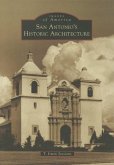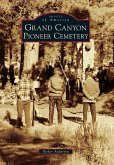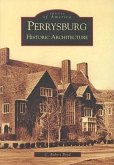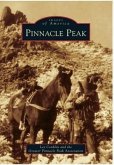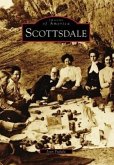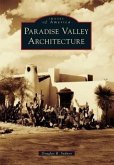U.S. Army chaplain Winfield Scott and his wife, Helen, founded Scottsdale in 1888 as a small farming and ranching settlement on undeveloped desert east of Phoenix. After World War II, many people were attracted by the dry climate, desert landscape, and business opportunities. The community encouraged creativity in architecture, and Frank Lloyd Wright, Paolo Soleri, and Paul Schweikher designed buildings here. To draw tourists, the business community adopted "The West's Most Western Town" as a slogan in 1947. By the time employers such as Motorola arrived, fast-paced construction was already underway and the architecture reflected that era. In the 1970s, an architectural debate took place between western and modern styles, resulting in innovative architecture. Transitioning into the 21st century, Scottsdale witnessed more growth with downtown revitalization, a new appreciation of contemporary projects, and an awareness of desert preservation.


